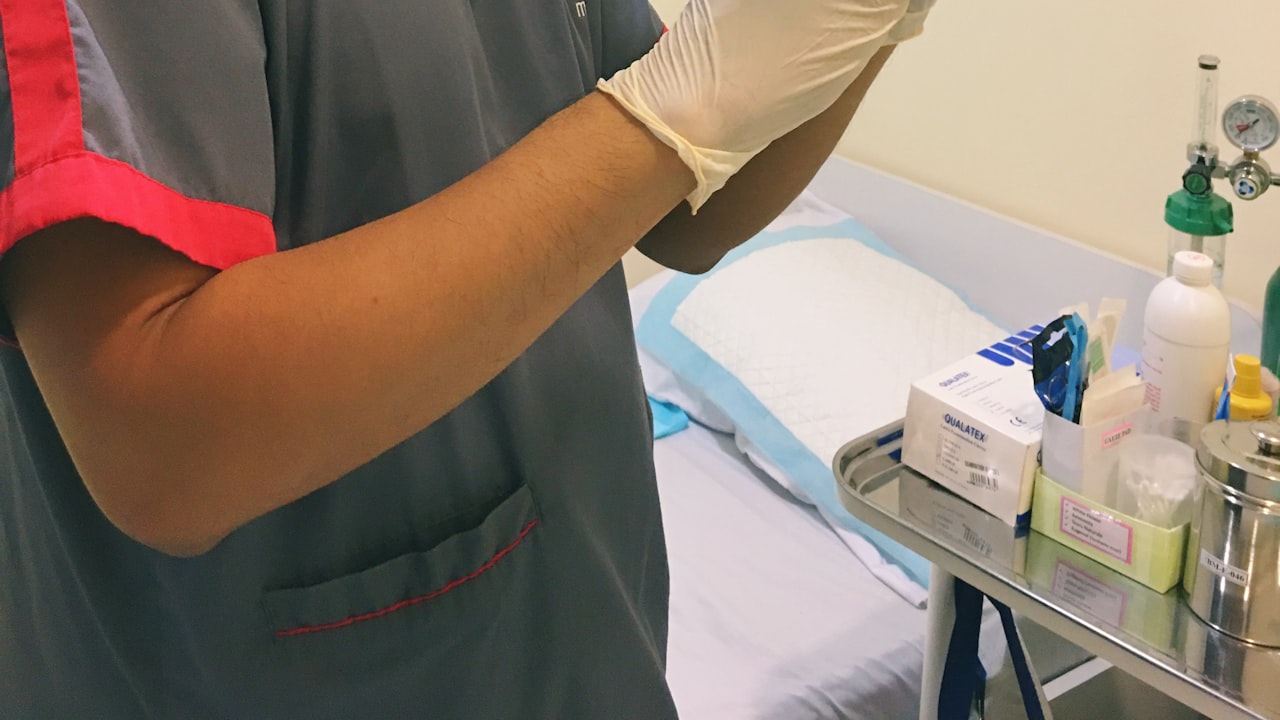 Title: Designing Precision Injection Molds: Key Considerations and Best Practices
Title: Designing Precision Injection Molds: Key Considerations and Best Practices
When it comes to manufacturing plastic components, injection molding is a widely used process that offers efficiency, precision, and cost-effectiveness. Injection molds play a crucial role in this process, as they determine the quality and accuracy of the final product. In this article, we will delve into the key considerations and best practices involved in designing precision injection molds.
Choosing the right injection mold supplier is essential for achieving high-quality molds. An experienced injection mold factory with a proven track record can provide valuable insights and recommendations throughout the design process. Collaborating closely with the supplier from the initial concept stage to the final production phase is crucial to ensuring the mold meets all requirements and specifications.
One of the key considerations in designing precision injection molds is the material selection. The choice of material depends on factors such as the type of plastic to be used, the expected production volume, and the complexity of the part. Different materials have varying characteristics in terms of durability, heat resistance, and flexibility, so it is important to select the most suitable material for the specific application.
Another important aspect to consider is the part design. The design of the part itself can significantly impact the mold design and manufacturing process. Features such as wall thickness, draft angles, and undercuts need to be carefully evaluated to ensure proper mold filling, cooling, and ejection. Working closely with design engineers and mold makers is essential to optimize the part design for injection molding.
Furthermore, the mold design should incorporate key elements such as cooling channels, venting systems, and ejector pins to facilitate efficient production. Proper venting is essential to prevent air traps and ensure uniform filling of the mold cavity. Cooling channels help maintain consistent temperature throughout the molding process, reducing cycle times and improving part quality. Ejector pins are used to remove the molded part from the mold once it has solidified.
In conclusion, designing precision injection molds requires careful consideration of various factors, including material selection, part design, and mold features. By working closely with an experienced injection mold supplier and following best practices in mold design, manufacturers can achieve high-quality molds that meet their production requirements. A well-designed injection mold is essential for ensuring the success of the injection molding process and producing consistent, high-quality plastic components.
